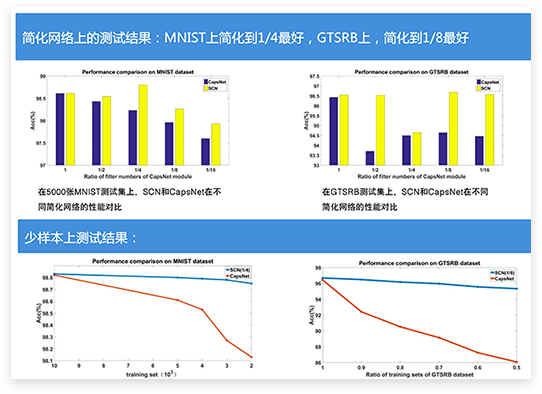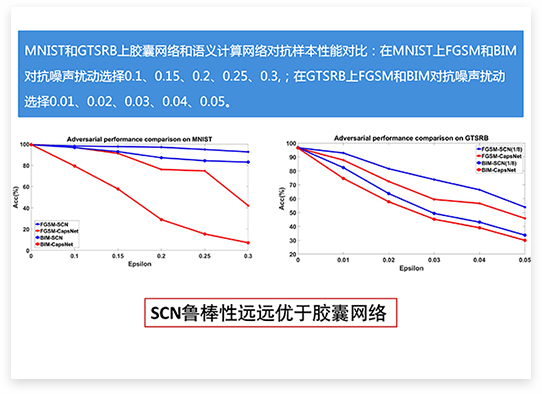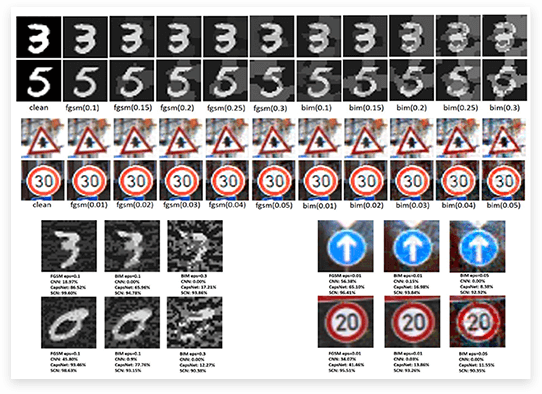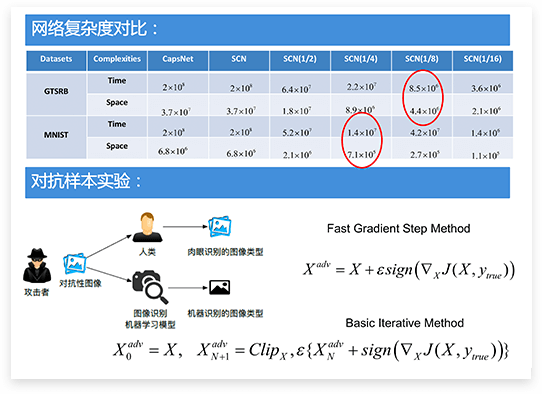Occlusion and dim target detection based on component constraints
Occlusion problem
Dim target
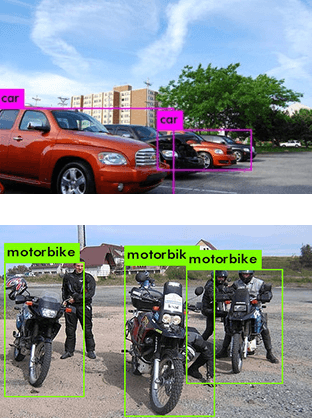
 YOLOv3
YOLOv3
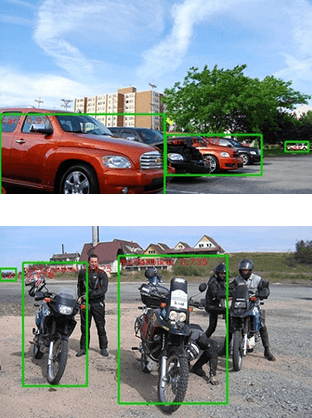
 Fater rcnn
Fater rcnn
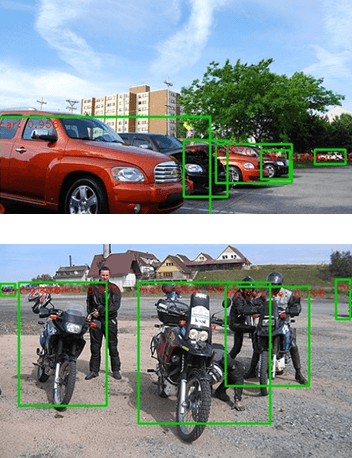
 Own algorithm
Own algorithm
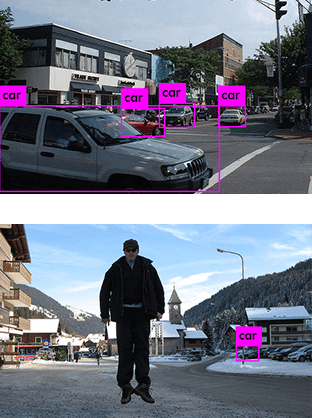
 YOLOv3
YOLOv3
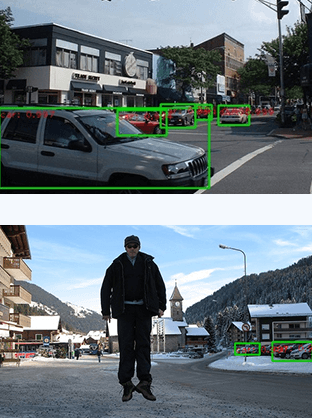
 Fater rcnn
Fater rcnn
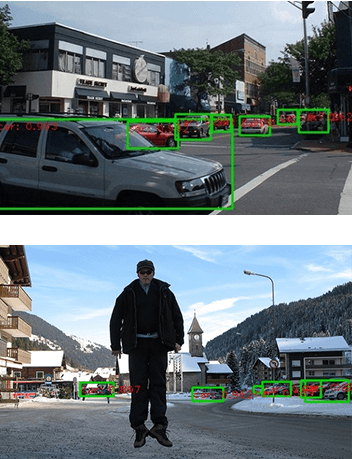
 Own algorithm
Own algorithm
Recognition of two person interaction based on body parts
SBU data set
TVshow data set
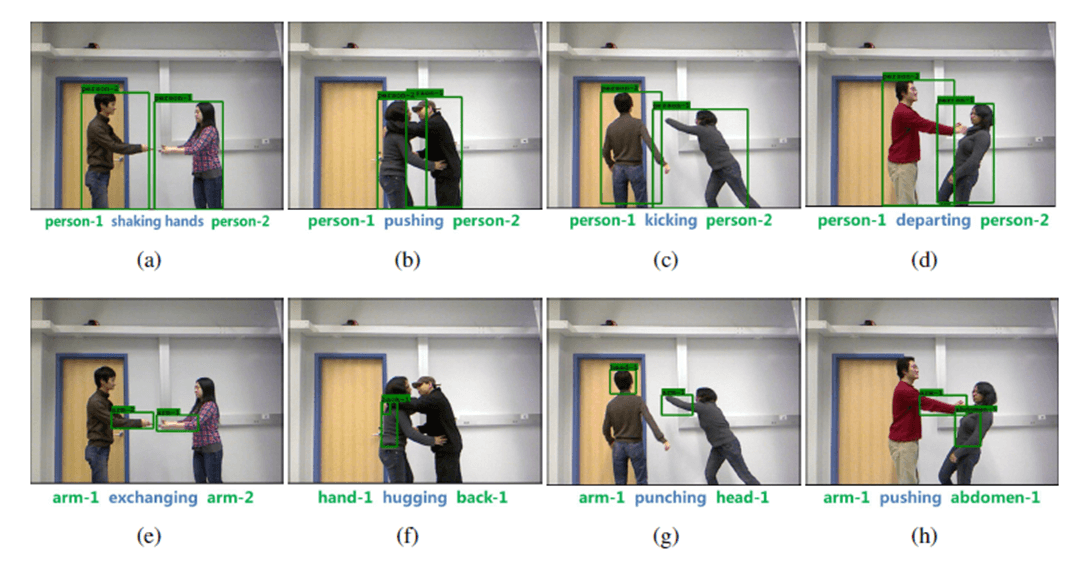
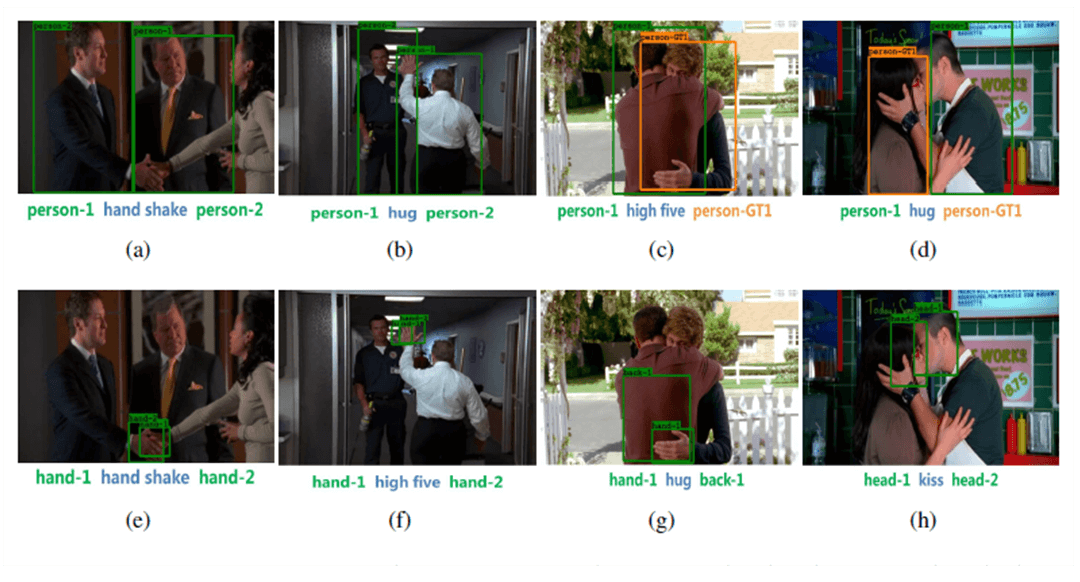
Comparison of the detection results of the network in SBU data set with whole body and body part
Dim target recognition and intelligence generation in new imaging system

Under the complex and severe conditions, due to the low illumination, strong interference, low signal-to-noise ratio, the information of target shape, size, texture, spectrum and so on almost disappear. The pixel level imaging lacks the symbolic ability of the target structure, and can not effectively distinguish the target, the difference between background and noise, which brings great difficulty to the subsequent target recognition, background separation and noise removal.
How to effectively represent the target information and show the structural characteristics of the target is one of the most important issues in low light level target recognition and image understanding.

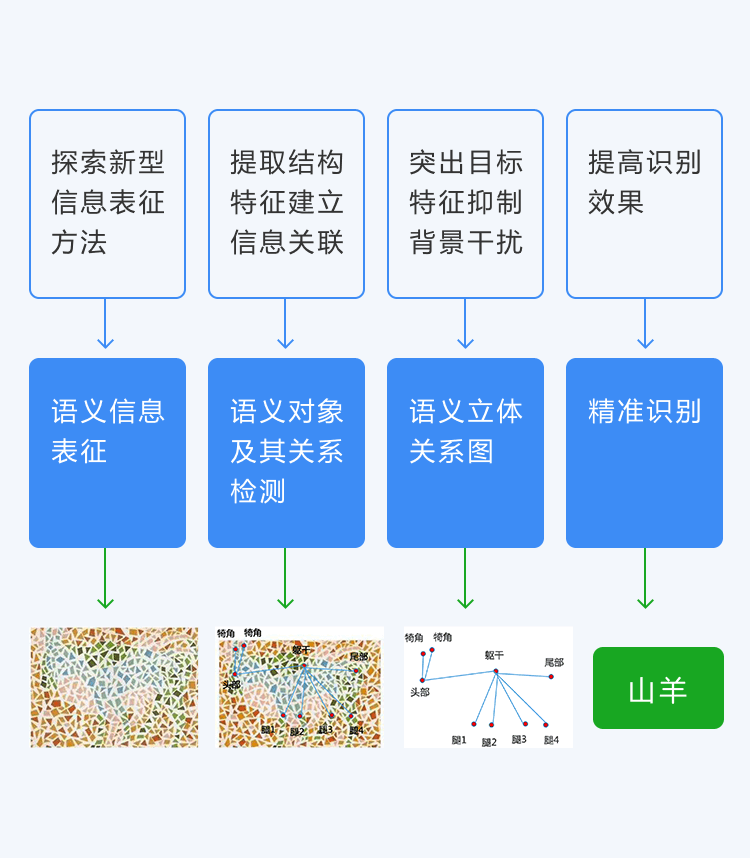
Knowledge driven semantic computing network
Semantic computing network: the combination of knowledge driven semantic number and data driven capsule network
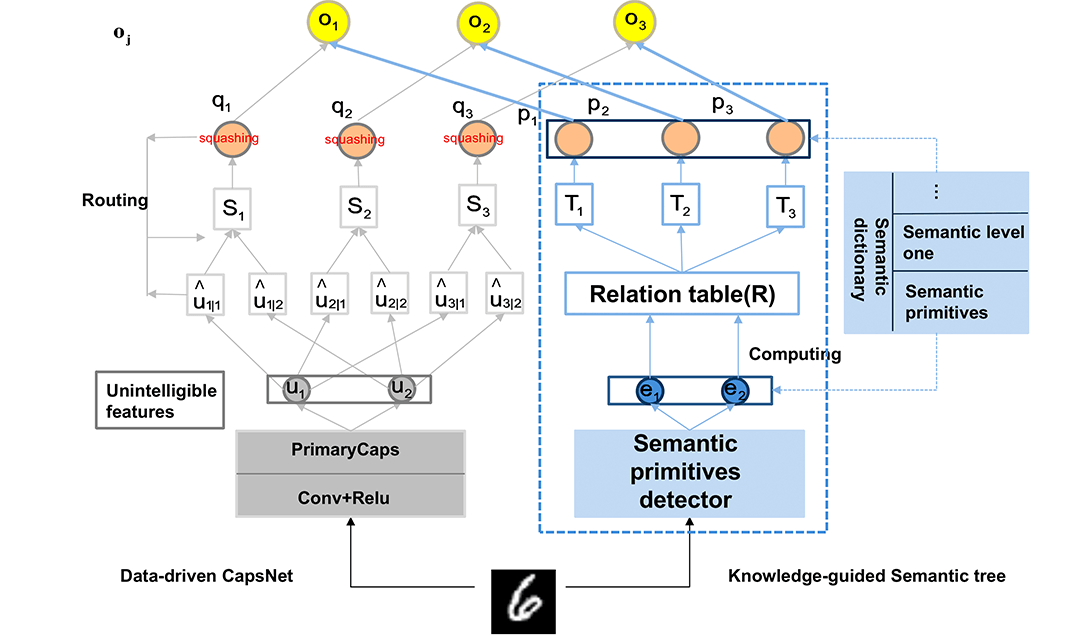
Network visualization feature map: Taking the number 6 as an example
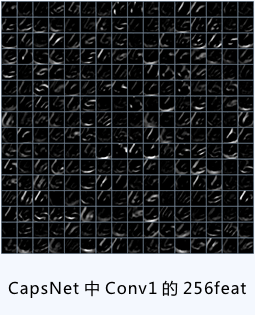
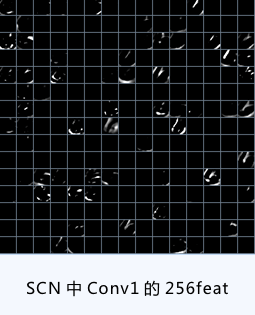
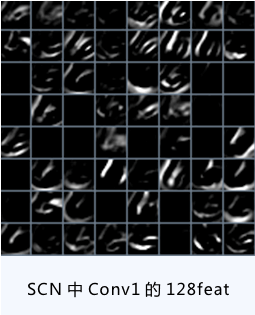
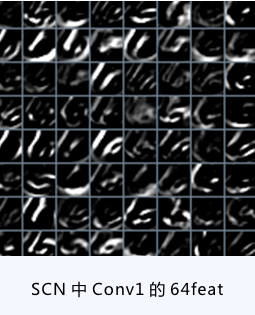
Simplify detection results on the network
